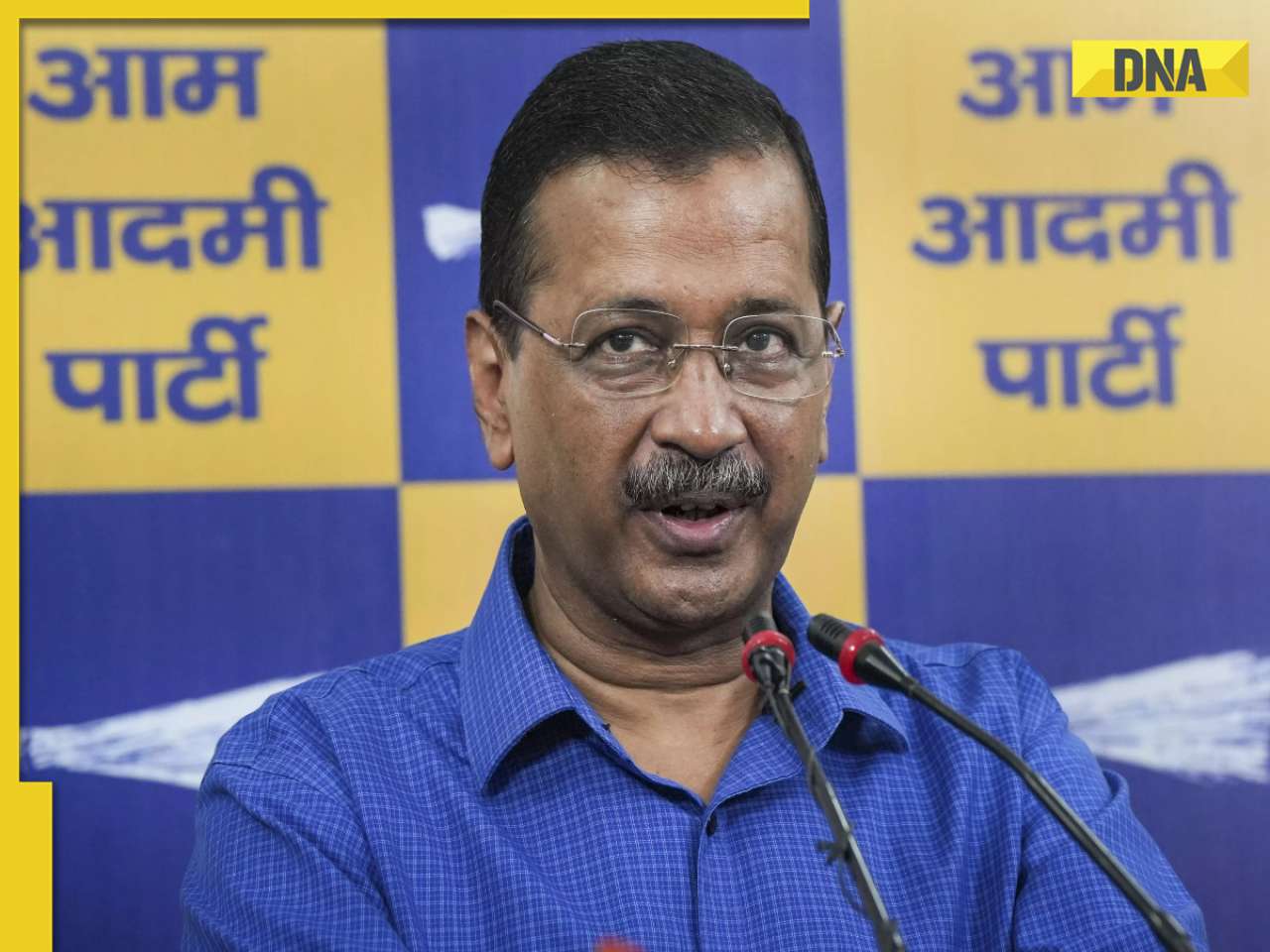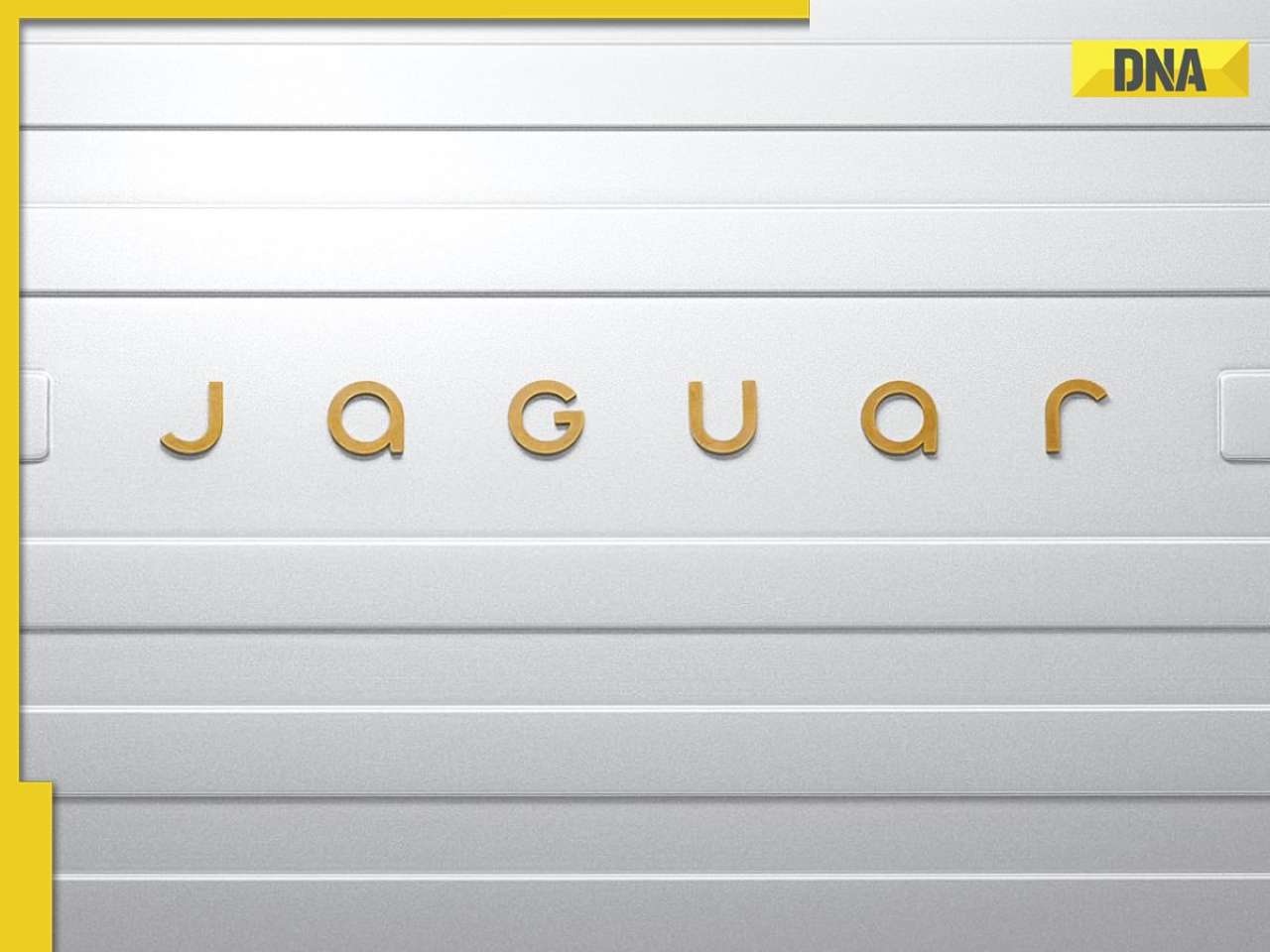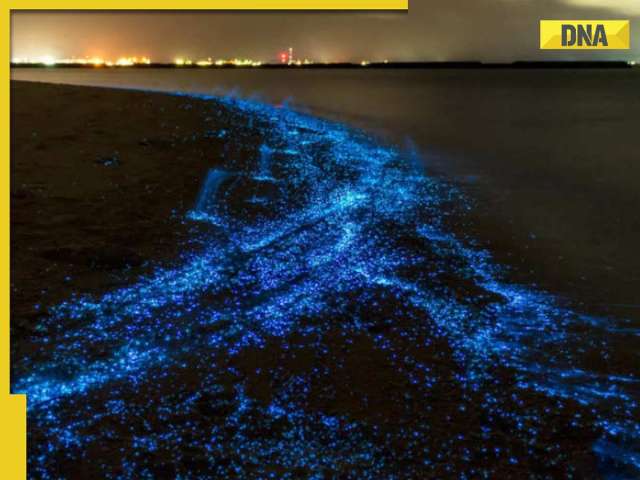- LATEST
- WEBSTORY
- TRENDING
SCIENCE
NASA, ESA, ISRO unite for Apophis: Global pact to unravel mysteries of asteroids
When Apophis was first discovered in 2004, early observations suggested a slight possibility that it could collide with Earth in 2029, 2036, or 2068.
TRENDING NOW
On April 13, 2029, the asteroid 99942 Apophis will come very close to Earth, passing at a distance of less than 32,000 kilometres from our planet’s surface. Asteroids are much smaller than planets and have irregular shapes. At times, they come close to Earth. Apophis, which is about 375 metres (around 1,230 feet) wide on an average, will briefly come closer to Earth than the telecommunications satellites orbiting in geostationary space. It will be visible to the naked eye in the night sky from certain areas in Europe, Africa and Asia.
When Apophis was first discovered in 2004, early observations suggested a slight possibility that it could collide with Earth in 2029, 2036, or 2068. Due to the potential for a disastrous impact, the asteroid was named after the Egyptian ‘God of Chaos and Destruction’. But, according to later observations, there is no risk of Apophis hitting Earth for at least the next century. Even so, the close pass by of Apophis in 2029 offers a special chance for scientific study and public engagement.
Space agencies and scientific institutions worldwide are preparing to study Apophis during its flyby. They plan to observe it from the ground with telescopes and get a closer look using spacecraft.
Discovery and Chances of Impact
Apophis was spotted on June 19, 2004, at the Kitt Peak National Observatory in the USA. It soon gained the reputation of being one of the most potentially dangerous asteroids ever seen. At one point, there was a 2.7% chance that Apophis could hit Earth in 2029, giving it the highest rating ever on the Torino scale, which measures the danger an asteroid poses to our planet.
With more observations, astronomers determined that Apophis would not hit Earth in 2029 or 2036. However, for several years, there was still a small chance it could impact in 2068.
When Apophis flies by Earth in April 2029, Earth’s gravity will change its path significantly, making it harder to predict its future course. Based on the data available then, astronomers thought the 2029 flyby might change Apophis’s path enough to potentially set up a collision with Earth in 2068.
But by observing Apophis through radar set up by NASA’s Goldstone Deep Space Communications Complex, California, and Green Bank Observatory, West Virginia, in March 2021, our understanding of the asteroid’s orbit deepened. This allowed astronomers to confirm that there is no chance of it hitting Earth for at least 100 years. On March 26, 2021, Apophis was taken off the ‘Risk List’ kept by European Space Agency’s (ESA’s) Planetary Defence Office.
Apophis’s 2029 Close Flyby of Earth
On April 13, 2029, asteroid Apophis will come within 32,000 km of Earth’s surface. This will be the closest approach of such a large asteroid that humans have ever known about ahead of time. As Apophis approaches, it will be strongly influenced by Earth’s powerful gravity. The strong tidal forces from Earth will stretch and deform Apophis, as the side closest to Earth will be pulled more than the side farther away. This will change its surface, possibly triggering quakes and landslides and will affect how it rotates.
The encounter will also elongate the asteroid’s orbit around the Sun. Right now, Apophis is part of the ‘Atens’ group of asteroids. The Atens crosses Earth’s orbit and has smaller orbits around the Sun compared to Earth’s orbit. After its close flyby of Earth in 2029, Apophis’s orbit will widen. Starting in April 2029, it will join the ‘Apollo’ group of asteroids, which crosses Earth’s orbit, but has larger orbits around the Sun than Earth’s orbit. Like planets, asteroids travel in elliptical (oval-shaped) orbits, but these paths can vary widely in size, shape and distance from the Sun.
Plans for studying Asteroids
Apophis will not threaten Earth during its 2029 flyby, but it gives us a rare opportunity to study a large asteroid up close and improve our preparations for future asteroid threats. The ESA’s Rapid Apophis Mission for Space Safety (Ramses) plans to meet Apophis and closely study the asteroid.
Ramses will use much of the technology, teams and expertise from the ESA’s Hera mission, reducing both development time and cost. The Hera mission is scheduled to launch in 2024 and will arrive at the Didymos asteroid system in 2026. During its mission, Hera will closely study the main asteroid Didymos and its moonlet, Dimorphos, to gather important data for planetary defence. Similar to Hera, Ramses will carry two CubeSats. Once in orbit around Apophis, it will release these CubeSats, each equipped with its own set of advanced instruments.
NASA is redirecting an existing asteroid mission towards Apophis. The OSIRIS-APEX mission (previously known as OSIRIS-Rex, which collected samples from asteroid Bennu) will arrive at Apophis soon after its close approach to Earth. OSIRIS-APEX will get close to the asteroid’s surface and fire its engines to stir up loose rocks and dust, allowing scientists to see the material just below the surface.
Since OSIRIS-APEX will reach Apophis after its closest approach to Earth, it will not be able to get a full before-and-after view by itself. This means that, because OSIRIS-APEX will arrive at Apophis only after the asteroid has already made its closest Earth flyby, the mission will not be able to compare detailed observations from before and after this event. It will miss the chance to directly observe how the close approach to Earth may have changed the asteroid.
By combining observations from the ESA’s mission, which will be at Apophis before and during its close approach, with those from NASA’s mission, which will study the asteroid for months after, scientists and planetary defence experts can closely examine how the asteroid changes due to the flyby.
In Week 27, ISRO Chairman S Somanath had said they should also be able to closely view Apophis during its Earth flyby in 2029. However, ISRO has not decided yet how it will participate—either by sending its own spacecraft, or collaborating with other space agencies, such as NASA.
(The author of this article is a Defence, Aerospace & Political Analyst based in Bengaluru. He is also Director of ADD Engineering Components, India, Pvt. Ltd, a subsidiary of ADD Engineering GmbH, Germany. You can reach him at: girishlinganna@gmail.com)
Disclaimer: The views expressed above are the author's own and do not reflect those of DNA.







)
)
)
)
)
)
)
)
)
)
)
)
)
)
)
)






























































